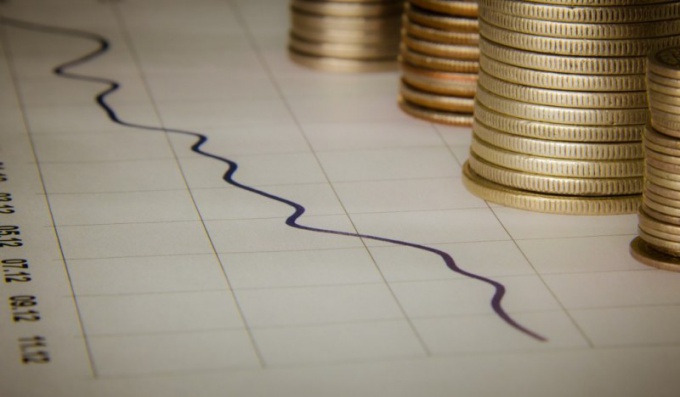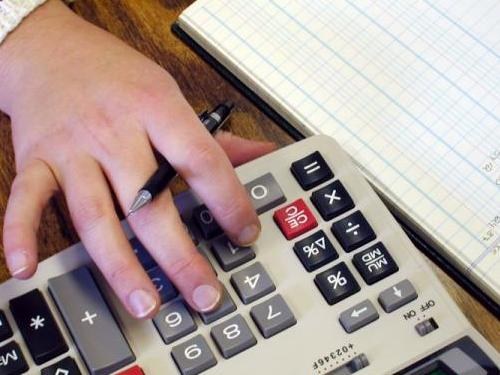Tip 1: How to determine the final balance on passive accounts
Tip 1: How to determine the final balance on passive accounts
The system of accounts of accounting serves foraccounting, collection, processing and storage of all necessary information, as well as for control, planning, rationing and management of the organization's accounting. For the uniformity of the content of the accounting information forms, a clear list and a specific characteristic of each account are used.

Instructions
1
Remember that all the accounts of accountingare divided into active and passive. Active accounts are accounts that take into account different types of property and other means, their movement and composition. These are the objects of accounting in which the means of organization are invested. On passive accounts sources of property formation are reflected(capital), their availability and movement, as well as the obligations of the organization. Passive accounts include, for example, account 80 "Authorized capital", account 66 "Settlements on short-term loans and loans", etc.
2
Do not forget that passive accounts are necessary for forming a liability balance, in connection with which they have some features: - balances on passive accounts only credit. This is due to the fact that in the balance sheet, liabilities and sources of funds are shown on the right side, on passive accounts The increase in the source of funds is reflected in the loan, and the decrease in the debit is in contrast to the active accounts.
3
So, to form the final balance on a passive account, reflect the initial remainder sources of property. It is formed on a loan. Then point to accounts all business transactions that cause a change in the initial balance. The amounts that increase the opening balance are recorded on the loan, and the amounts that reduce the initial balance remainder - on the debit.
4
Then summarize all business transactions fordebit and on credit. As a result, you will receive a debit and credit turnover on the account. Note that with the summation of the turns, the opening balance is not taken into account.
5
After the turnover under the debit and the loan will becount, proceed to the formation of the final balance (balance) of the accounts. To determine the remainder of the passive account, the following formula is used: Cc = Cn + Ob (k) - Ob (e), where Ck is the final balance of the passive account, Cn is the initial balance of the passive account, Ob (k) is the credit turnover, (e) is the debit turnover.
6
Thus, on a passive credit accountthe balances on the beginning and the end of the accounting period and the economic operations causing increase of the rests are reflected. In the debit of the passive account only economic transactions that cause a decrease in balances are reflected.
Tip 2: What is passive capital
Creating a competitive enterprise,development and expansion of goods turnover, access to large sales markets - one of the main tasks of business. The main means of achieving the set goals, regardless of the organizational and legal form of the legal entity is the effective management of the material and economic resources of the enterprise, in simple terms - capital.

Instructions
1
The capital of the organization collectively forms twobasic components: tangible assets - securities, real estate, cash, materials, manufactured goods, structures, vehicles, equipment, and intangible assets - copyrights, patents for inventions, trademarks.
2
Accounting of the organizationinvolves the division of the enterprise's capital into two types - active and passive capital. Active capital means all the means that the enterprise actually owns as a legal entity, expressed and represented in the balance sheet in value terms, and passive - these are the sources through which the active capital of the enterprise is formed.
3
Passive capital, in turn, consists ofcapital of its own and attracted, also called borrowed. It should be noted that the opinion that the equity and borrowed capital on the current account and in the balance sheet will be separated in some way will be erroneous. All means of the enterprise are own, but the sources of their formation and financing are different.
4
Own capital reflects an integral partmaterial and financial resources of the organization, which was formed at the time of formation of the organization by its founders, participants, owners, and was formed during the whole period of the enterprise's activity. Own capital is created at the expense of statutory, additional, reserve capital and retained earnings - in the event that the owners of the company have decided not to deduce the received profit from turnover, but to direct it to the development of production.
5
The borrowed capital is formed from those attracted from outsidematerial resources, usually in the form of credit and borrowed funds. Liabilities are divided into long-term liabilities (loans and loans maturing in more than 12 months) and short-term liabilities (loans and credits due for repayment within the next 12 months, for example, liabilities to suppliers and contractors, landlords, the budget and extra-budgetary funds ).
6
Percentage of own and borrowedfinancial means is an absolute indicator in assessing the financial sustainability and effectiveness of the organization's management. The formula is simple - the larger the company's own capital and the less borrowed, the higher the security and stability of the enterprise in any crisis economic situations.







